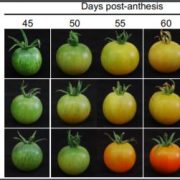
Ripened by Redox: Sulfoxidation of NOR Regulates Tomato Ripening
Blog, Plant Physiology, Plant Physiology: News and Views, ResearchMichael J. Skelly
University of Edinburgh
Edinburgh,
United Kingdom
[email protected]
Fruit ripening is a process unique to plants that makes their fruit more appealing to seed-dispersing animals. Ripening involves a combination of physiological and metabolic reprogramming events that lead to…

Small but powerful: miRNA-derived peptides promote grape adventitious root formation
Blog, Plant Physiology, Plant Physiology: News and Views, ResearchMagdalena Julkowska, King Abdullah University of Science and Technology
[email protected]
ORCID: 0000-0002-4259-8296
Although plant genomes typically contain hundreds of miRNA encoding genes, we know little about how miRNA expression is regulated (Wang et al., 2019). The expression…
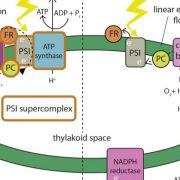
Extreme Engineering: How Antarctic Algae Adapt to Hypersalinity
Blog, Plant Physiology, Plant Physiology: News and Views, ResearchMagdalena Julkowska, King Abdullah University of Science and Technology
[email protected]
ORCID: 0000-0002-4259-8296
Photosynthetic organisms can be found across most environments on Earth, including the most extreme ones. The McMurdo Valleys in Antarctica are among the driest…
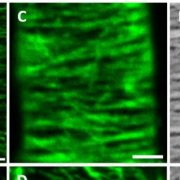
A new order through disorder: intrinsically disordered proteins reshape the cytoskeleton under drought stress
Blog, Plant Physiology, Plant Physiology: News and Views, ResearchMany proteins have a clearly defined structure-function relationship – specific three-dimensional folds can be linked to specific protein functions. We do however know that many proteins – referred to as intrinsically disordered proteins (IDPs) – lack rigid three-dimensional organisation. In recent…

Pollen tubes use matrix rigidity to direct growth
Plant Physiology, Plant Physiology: News and Views, ResearchEmily R Larson
[email protected]
School of Biological Science, University of Bristol, Bristol, UK
ORCID: 0000-0002-5498-8152
Pollen tube growth through plant pistil tissues requires interactions between the male and female cells to regulate compatibility (McCormick, 1998), and hormonal…

Functional analysis of mitochondrial acyl carrier proteins
Plant Physiology, Plant Physiology: News and Views, ResearchAnanya Mukherjee
[email protected]
Affiliation University of Nebraska, Lincoln, Nebraska 68588
ORCiD : 0000-0003-1802-1806
Fatty acid synthesis is a ubiquitous pathway in both prokaryotes and eukaryotes. Plants synthesize fatty acids for a variety of uses including membrane bilayers and…
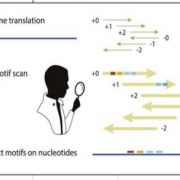
NLR-Annotator: a tool for de novo annotation of intracellular immune receptor repertoire
Plant Physiology, Plant Physiology: News and Views, ResearchWei Zhang
ORCID: 0000-0002-5092-643X
Department of Plant Pathology, Kansas State University, 1712 Claflin Road, Throckmorton Hall, Manhattan, KS, 66506, USA
[email protected]
Nucleotide-binding domain leucine-rich repeat (NLR) proteins serve as intracellular immune receptors in plants to…
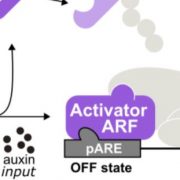
Mix, Match, and Maize: A Synthetic System for Maize Nuclear Auxin Response Circuits
Plant Physiology, Plant Physiology: News and Views, ResearchDhineshkumar Thiruppathi 1,2
ORCID ID: 0000-0002-2018-3356
Donald Danforth Plant Science Center,
Saint Louis, Missouri 63132
1Lead author
2Author for contact: [email protected]
The phytohormone auxin plays a major part in nearly every plant process, including growth…

Starting Off Right: N-terminal Acetylation Stabilizes an Immune-activating Protein
Plant Physiology, Plant Physiology: News and Views, ResearchCharles Copeland1
[email protected]
1Department of Plant Microbe Interactions, Max Planck Institute for Plant Breeding Research, 50829 Cologne, Germany
Plants rely on a complex innate immune system to recognize and respond to potential pathogens in their environment (Jones and Dangl, 2006).…

